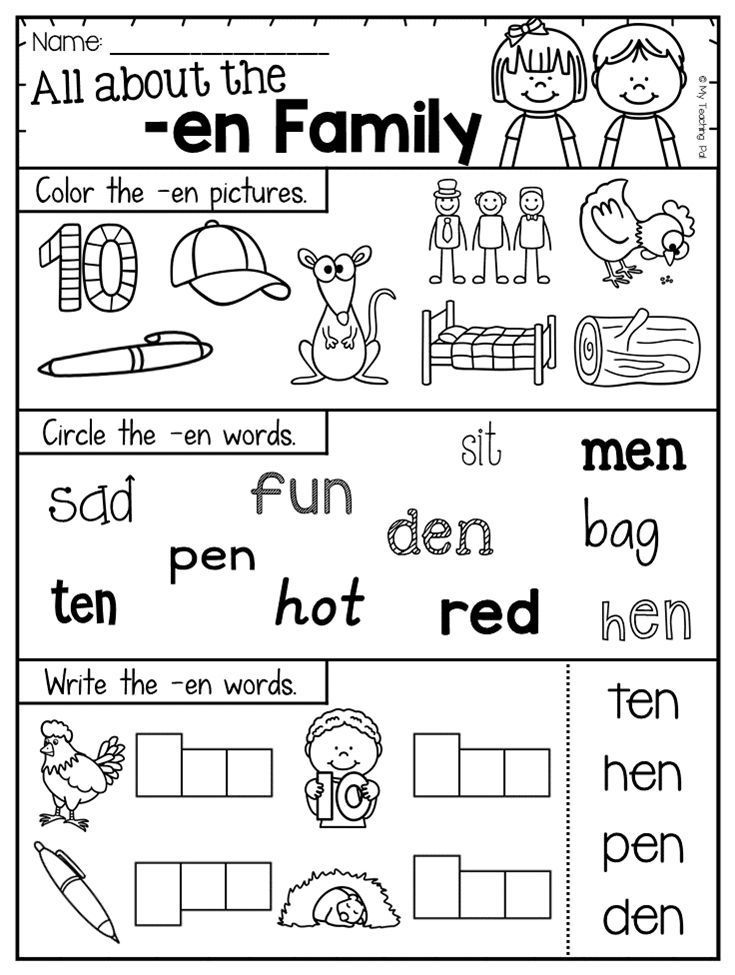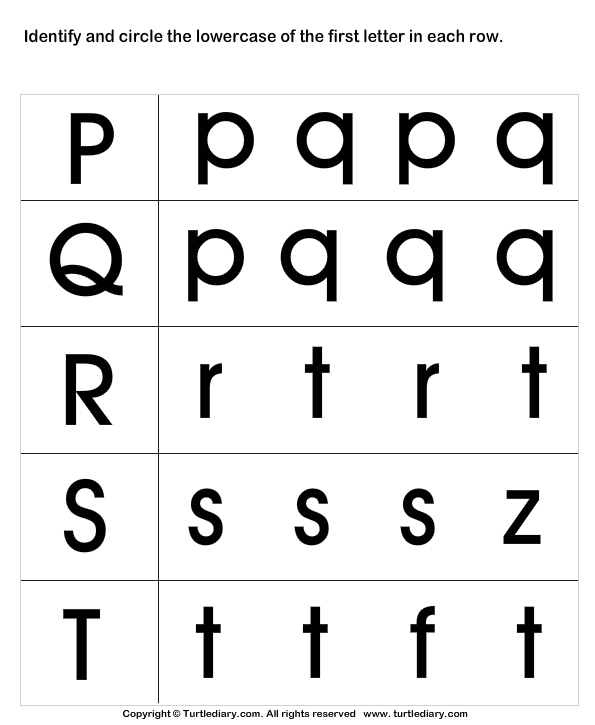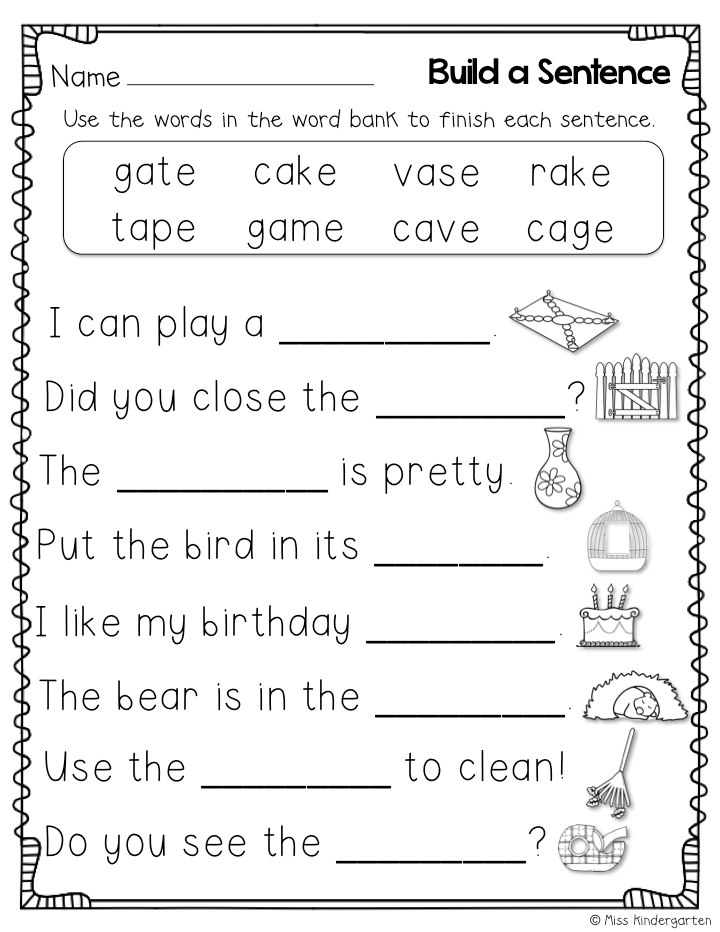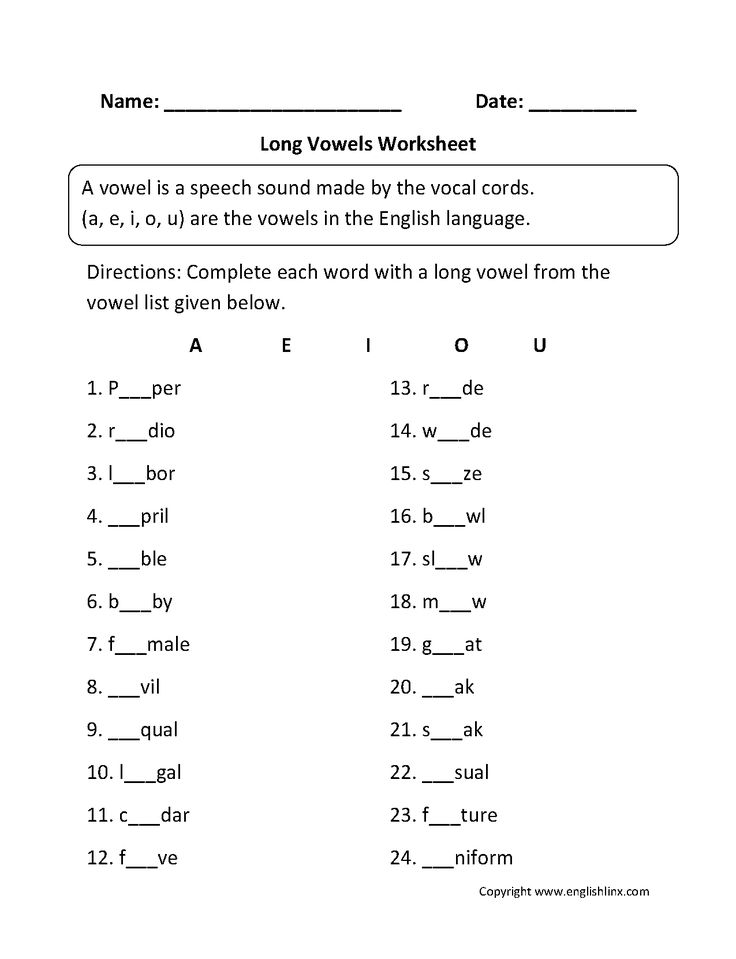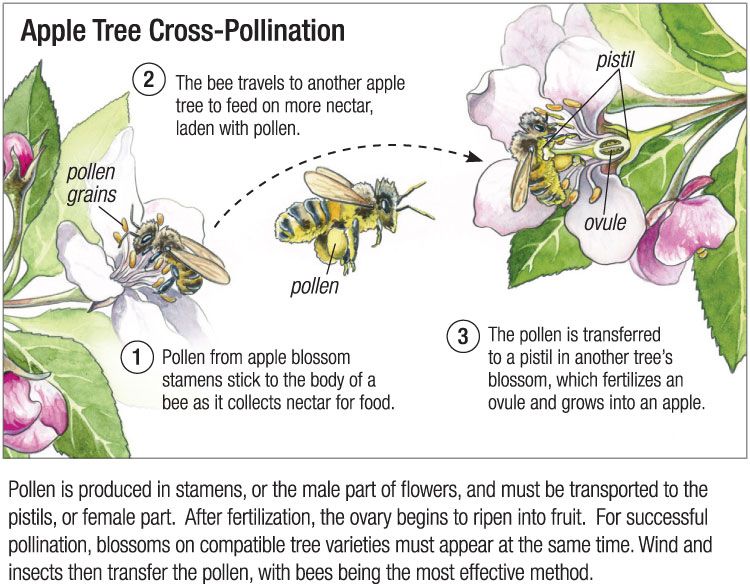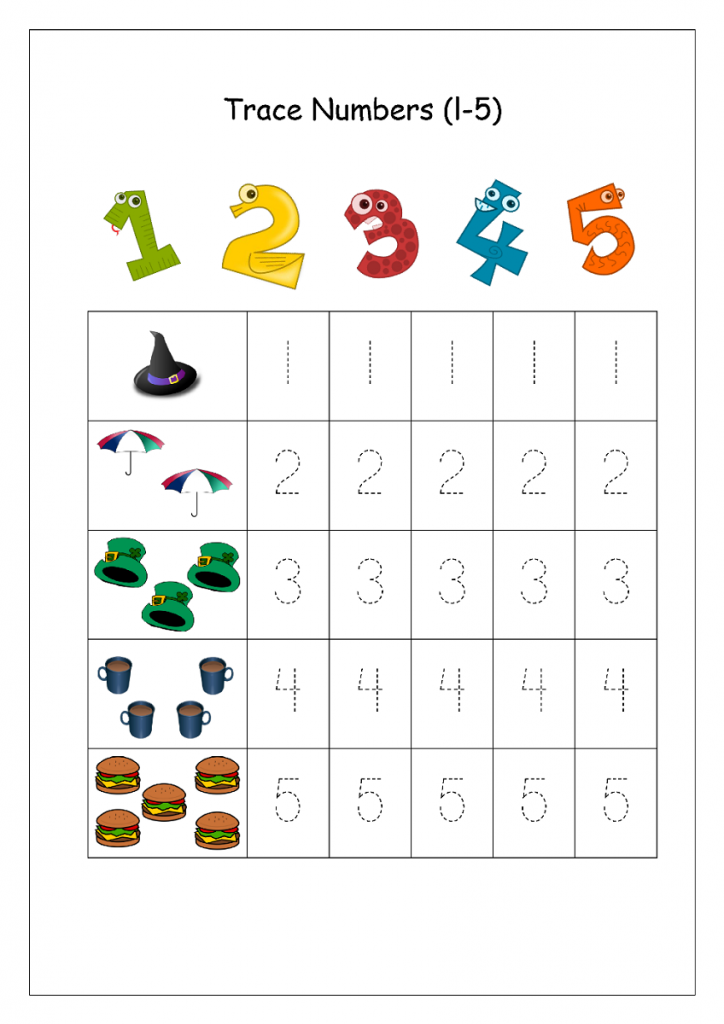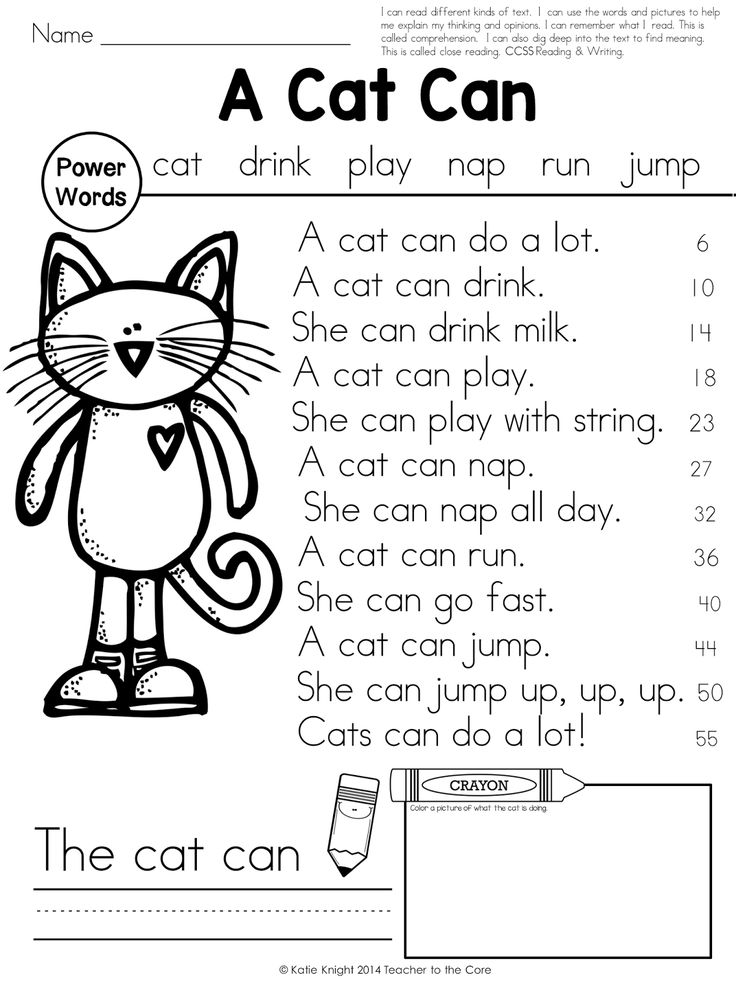Sounding it out
Why You Should Stop Saying "Sound It Out" and What You Should be Saying Instead
Ah, the 80s! Big hair, fluorescent socks, and one-size-fits-all reading strategies. Those were the days! Well, all nostalgia set aside, those really were the days of the single prompt at the point of difficulty. You remember it. You joined the blue birds reading group with your anthology in tow. Your teacher asked you to read aloud in the group and you inevitably came to a word you didn’t know. You paused. You panicked. You looked at your teacher for guidance. And you heard her say, “Just sound it out!”
In all honesty, I’ve caught myself many times repeating this phrase in guided reading groups over the years. And to be fair, it works once in a while. Take CVC words, for example. If you apply basic sounds to each letter in the word, and you blend it together, you can successfully decode the word.
Unfortunately, CVC words don’t show up 100% of the time in our texts. Unless you’re talking about decodable text, but that’s another post altogether.
So what’s a student reader to do? If “sound it out” only works a fraction of the time, what else should they be doing to decode unknown words? In order for students to have decoding success more often with more kinds of words they need to recognize the sounds associated with larger portions a word. This includes digraphs, diphthongs, inflectional endings, word families, etc. We want their little light bulbs to go off when they recognize a spelling pattern they’ve been taught, and be able to apply that spelling pattern when they write too.
To help our students decode new words we may still need to prompt them to do so (though the ultimate goal is for them to try a variety of strategies without prompting). So what should we be saying instead of “sound it out”?
Drumroll . . .
Try saying, “use your sounds”.
I know, I know. You’re thinking, “That’s the same thing, isn’t it?” Nope! Think about it – “sound it out” communicates the idea that students need to attend to each sound separately. But “use your sounds” opens up the possibilities for students to use everything they know about sounds, including the spelling patterns you’ve introduced. It’s an open invitation to try different strategies for decoding too, like . . .
But “use your sounds” opens up the possibilities for students to use everything they know about sounds, including the spelling patterns you’ve introduced. It’s an open invitation to try different strategies for decoding too, like . . .
- Attending to beginnings, endings, and the middle parts of words
- Focusing on parts of words that look like ones they already know
- Transferring a rhyming part from one word to another
- Using small word parts to read bigger words
- Swapping out vowels to fluently decode unknown words
And without being hemmed in by an 80s flashback, students are now free to think more broadly about what word attack strategy to try and combine with other strategies (ahem, cross-checking anyone?).
My favorite thing about prompting students to “use your sounds” is when they began to consistently monitor their own word-solving accuracy.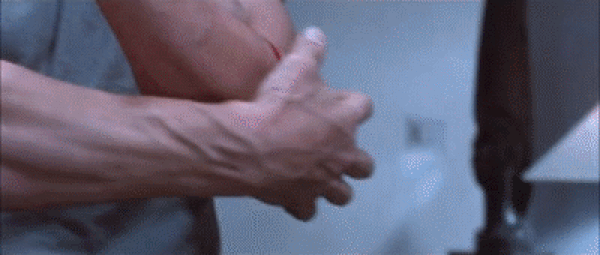 Crazy cool!
Crazy cool!
Will you ditch an old school habit in favor of a slightly shinier version? Need to know more about how to analyze reading moves? Join me in my Running Record Boot Camp! I’ll show you all the deets you’ve been missing!
Learn More
The Sounding Out Machine on the App Store
The Sounding Out Machine is an Assistive Reading Device. It helps children focus on challenging words in their texts, and then models how to sound out those words.
Teachers love to sit next to students and listen to them read. They model how to chunk words, break them into syllables and use phonics skills to figure them out. But teachers don't have enough time to sit with all their students as much as they would like. The Sounding Out Machine does for students what a teacher would do if I she were sitting next to them!
Children use the Word Window to isolate and enlarge a difficult word. Then, just like a teacher sitting next to her students, The Sounding Out Machine models how to chunk the word into syllables and use phonics skills to blend the phonemes together and sound out the word. Children can use their own digital word card to practice and become independent.
Children can use their own digital word card to practice and become independent.
STUDENTS WHO BENEFIT
•Students who need modeling in chunking words and using phonics strategies to sound them out.
•Students who report their book page looks like a "sea of words" - the Word Window helps them focus in on challenging words.
•Students who have difficulty coordinating an index card on a book page.
•Students who prefer reading on a screen.
MODES
•Camera mode - take a snapshot of the book page.
•Library mode - load in page snapshots from the photo library.
•Typing mode - type in challenging words.
TRACKING STUDENT WORK
Teachers love the way The Sounding Out Machine emails a report of students' challenging words. They can use this list for instruction or for creating personal spelling lists for their students.
NO ROOT WORDS NEEDED
Figuring out the root of a word in order to use a dictionary can bog down many young readers. So The Sounding Out Machine allows children to submit a word in many forms, such as "reply," "replies," "replied" or "replying.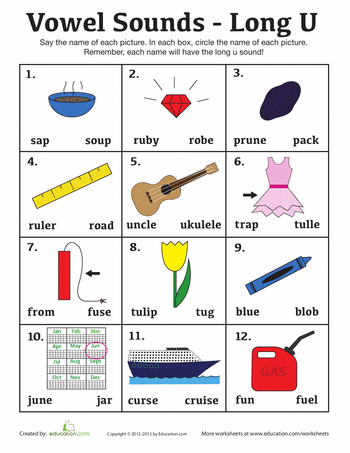 " This allows them to quickly continue with their reading work instead of getting stuck.
" This allows them to quickly continue with their reading work instead of getting stuck.
CUSTOMIZATION
Children who need extra support can use a digital card or marker to track the text as they read, in the same way they might use an index card to focus on a line of text. This can be customized in many ways. There are many color choices for word cards, and Shared Reading mode allows children to set a small pointer at the end of each line, just as they might see during a Shared Reading lesson.
The keyboard is also customizable, including a regular (qwerty) keyboard or an ABC-order option.
VARIETY OF PHONICS MODELS
The app supports various phonics models, including Blended or Synthetic phonics.
DICTIONARY
The app has an extensive dictionary of over 80,000 words, including multiple forms for each root, ("reply" "replies" "replying") and names ("Huggins," "Lorax"). We will continue to expand the dictionary in future updates, so be sure to let us know if you discover a word that needs to be included!
Voice acting | it's.
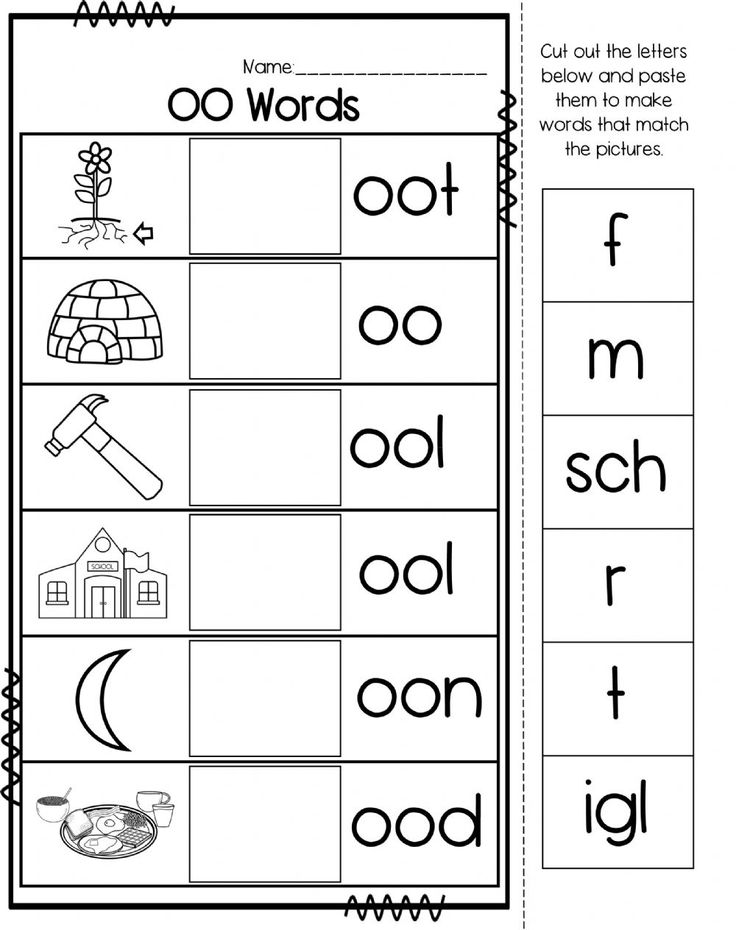 .. What is Voice Over?
.. What is Voice Over? - Not to be confused with dubbing and voice-over of .
voicing [1] , a highly specialized version of writing in the cinematic literature - voicing [2] , Dubbing is pronounced in professional jargon [3] - the process of creating the final (final) version of the phonogram of the film , television or radio transmission, which is obtained by combining (rewriting) all the original elements that make up the sound series onto a single medium - magnetic or photographic.
Phonogram elements are divided into three main types:
- music
- noises
- speech
Any of these elements can be either a music library, that is, taken from the library available at each studio, or original, that is, recorded specifically for a given film or program.
|
Contents
|
Orchestra recording in tone studio
Since the vast majority of contemporary musical works have authors or owners (owners of copyright), the most common decision is to use original music, which, in turn, is commissioned by the composer. Depending on the task assigned to the composer, the music can be written in advance, even before the filming begins, or later, immediately after the editing of the working positive. As a rule, music is recorded after a rough cut, when the length of the scenes has already been determined, on which the duration of the music depends. Sometimes for shooting "under the soundtrack" music is recorded before filming. In modern sound films, music is one of the main expressive components and much attention is paid to it. At all stages of production, the composer is associated with the work of the film crew. Before writing music, the composer reviews the footage and receives the exact footage of the scenes that will go to the music, the exact length of the opening overture and the indication of musical accents. Musical recordings are preceded by a large and thorough preparation, including writing the score, selecting performers and soloists, the composition of orchestras and choirs. Music can be recorded in the tone studio in sync with the image on the screen, or by a stopwatch, when the conductor asks the orchestra to make the musical phrase sound exactly at the specified time. If music is taken from a music library, it will not necessarily match the original material exactly, it may be lengthened, shortened, subjected to some special acoustic treatment, etc. In addition, music library music may not suit the director in terms of its tempo or arrangement, and in In this case, it is executed and recorded again.
Before writing music, the composer reviews the footage and receives the exact footage of the scenes that will go to the music, the exact length of the opening overture and the indication of musical accents. Musical recordings are preceded by a large and thorough preparation, including writing the score, selecting performers and soloists, the composition of orchestras and choirs. Music can be recorded in the tone studio in sync with the image on the screen, or by a stopwatch, when the conductor asks the orchestra to make the musical phrase sound exactly at the specified time. If music is taken from a music library, it will not necessarily match the original material exactly, it may be lengthened, shortened, subjected to some special acoustic treatment, etc. In addition, music library music may not suit the director in terms of its tempo or arrangement, and in In this case, it is executed and recorded again.
In addition to the speech of the actors, the soundtrack of the film is supplemented with noise to give authenticity.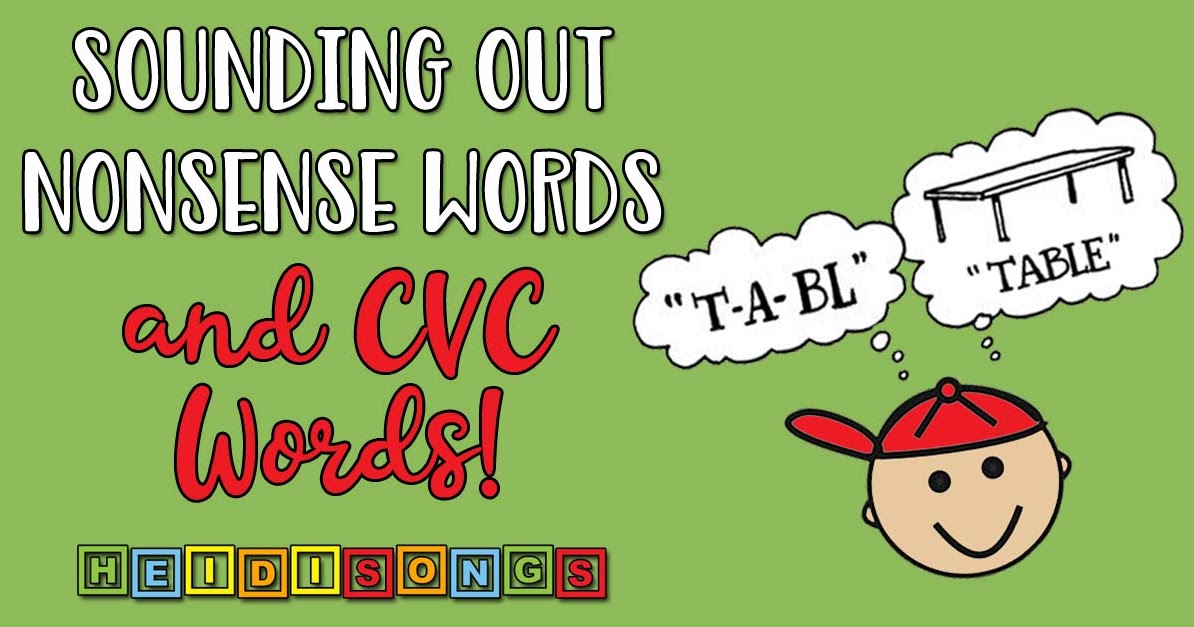 The development of the noise scale begins in the preparatory period and is completed during the installation and toning work in parallel with the voice dubbing and recording of music. The sound engineer of the film, while developing the sound explanation, determines exactly in which frames the noise objects should be recorded. Some noises are recorded directly during filming, especially on location. Such recordings enter the film studio's sound library and are repeatedly used in many films. Part of the noise is selected in the sound library and edited based on the needs of the film, which makes it possible to simplify its production. A relatively small part of the noise is imitated in the sound studio.
The development of the noise scale begins in the preparatory period and is completed during the installation and toning work in parallel with the voice dubbing and recording of music. The sound engineer of the film, while developing the sound explanation, determines exactly in which frames the noise objects should be recorded. Some noises are recorded directly during filming, especially on location. Such recordings enter the film studio's sound library and are repeatedly used in many films. Part of the noise is selected in the sound library and edited based on the needs of the film, which makes it possible to simplify its production. A relatively small part of the noise is imitated in the sound studio.
Main article: Noisemaker
Over the years, an excellent system has been developed to replace natural noises with artificial ones. For example, the sound of a fist hitting the body during a fight is wonderfully imitated by hitting a piece of raw meat with a wooden mallet, or the sound of a pistol shot can be recorded using an ordinary rubber band hitting a stretched cellophane film.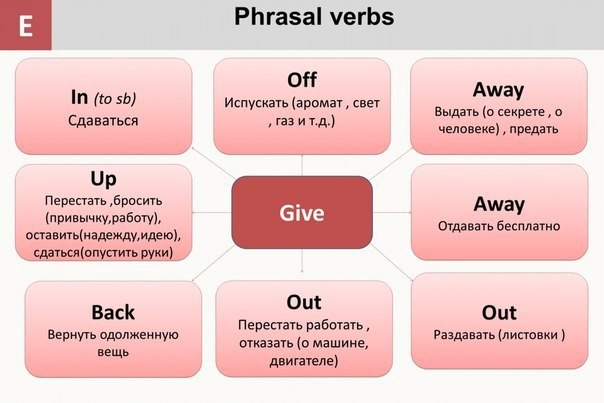
Voice dubbing
There are three technologies for making sound films in cinema:
- Soundtrack;
- Synchronous;
- With subsequent voice acting.
Recording a synchronous soundtrack during shooting
The first technology provides for the production of a soundtrack before shooting. During filming, performers act in accordance with the soundtrack, recorded in advance and played back on the set. This method makes it possible to simplify and reduce the cost of film production, and, in comparison with synchronous shooting, to get a much better sound quality as a result. It is usually used when filming concerts, musical performances, vocal numbers and dance scenes, especially mass ones. As a rule, the recording is made in advance in the optimal conditions for this sound studio, using the most suitable technological equipment for this. Playback of the recording on the set is carried out with strict synchronization of the recording equipment with the technical marks of the phonogram. When organizing shooting to a soundtrack, the shooting itself begins with a single command “Motor!” (without a subsequent clapperboard), and at the end of the fragment, the “Stop!” command common to all equipment is given. The sound recording equipment used in this case on the set ensures the production of a technical soundtrack used in further editing [4] ..
When organizing shooting to a soundtrack, the shooting itself begins with a single command “Motor!” (without a subsequent clapperboard), and at the end of the fragment, the “Stop!” command common to all equipment is given. The sound recording equipment used in this case on the set ensures the production of a technical soundtrack used in further editing [4] ..
Voice over . With synchronous filming, the sound is recorded directly with the image, but it is rarely possible to get a suitable soundtrack on location, due to the large amount of noise, poor diction of the actors, or poor acoustics. In the case of subsequent dubbing, the phonogram is recorded after receiving the image in a special studio. In real practice, most of the scenes are produced using technologies that combine two or even all three methods. A synchronous soundtrack recorded during filming is considered a rough soundtrack and is intended to record natural noises and so that the actors, during subsequent dubbing, can navigate the text by listening to the rough recording in headphones.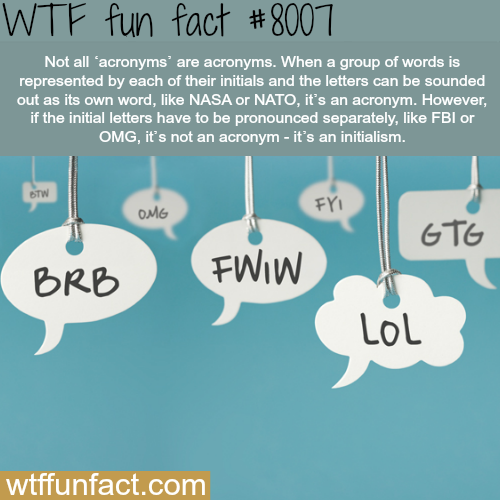 Therefore, if the quality of synchronous sound recording does not satisfy the director or sound engineer, the film is dubbed in a tone studio. This is a special soundproof room with soundproof glass, through which a film projection of the positive scene, glued into a ring, is made. The actors, looking at the screen, pronounce their lines into the microphone, trying to ensure synchronization with the articulation on the screen. Gluing film into a ring allows you to make an unlimited number of takes until the soundtrack completely matches the image. Often, the synchro-record is mixed with the studio-recorded, and sometimes pre-recorded, soundtrack that the scene may have been filmed under. Voice-over commentary and voice-over recording are carried out after the end of editing.
Therefore, if the quality of synchronous sound recording does not satisfy the director or sound engineer, the film is dubbed in a tone studio. This is a special soundproof room with soundproof glass, through which a film projection of the positive scene, glued into a ring, is made. The actors, looking at the screen, pronounce their lines into the microphone, trying to ensure synchronization with the articulation on the screen. Gluing film into a ring allows you to make an unlimited number of takes until the soundtrack completely matches the image. Often, the synchro-record is mixed with the studio-recorded, and sometimes pre-recorded, soundtrack that the scene may have been filmed under. Voice-over commentary and voice-over recording are carried out after the end of editing.
Features
The screen actor and voice actor are sometimes not the same person. This practice is most typical when scoring musical films and opera films. However, this happens in regular films as well. For example, Donatas Banionis was almost always voiced by Alexander Demyanenko, as Banionis has a very strong Lithuanian accent. In Eldar Ryazanov's film "The Irony of Fate or Enjoy Your Bath!" (1975), the heroine Nadya Sheveleva was played by the Polish actress Barbara Brylska, and voiced by Valentina Talyzina (the main reason was also the Polish accent of the actress). In the film by Leonid Gaidai "The Twelve Chairs" (1971) Ostap Bender was played by actor Archil Gomiashvili, and voiced by Yuri Sarantsev. In Igor Maslennikov's TV series The Adventures of Sherlock Holmes and Dr. Watson (1979-1986), Inspector Lestrade is played by Borislav Brondukov and voiced by Igor Efimov.
For example, Donatas Banionis was almost always voiced by Alexander Demyanenko, as Banionis has a very strong Lithuanian accent. In Eldar Ryazanov's film "The Irony of Fate or Enjoy Your Bath!" (1975), the heroine Nadya Sheveleva was played by the Polish actress Barbara Brylska, and voiced by Valentina Talyzina (the main reason was also the Polish accent of the actress). In the film by Leonid Gaidai "The Twelve Chairs" (1971) Ostap Bender was played by actor Archil Gomiashvili, and voiced by Yuri Sarantsev. In Igor Maslennikov's TV series The Adventures of Sherlock Holmes and Dr. Watson (1979-1986), Inspector Lestrade is played by Borislav Brondukov and voiced by Igor Efimov.
Also, in musical films, sometimes the actor does the voice himself, but the vocals are usually done by a professional singer.
Re-recording of
The last stage in the production of the soundtrack of a film is re-recording of , that is, the transfer of various elements of sound design from several films to one.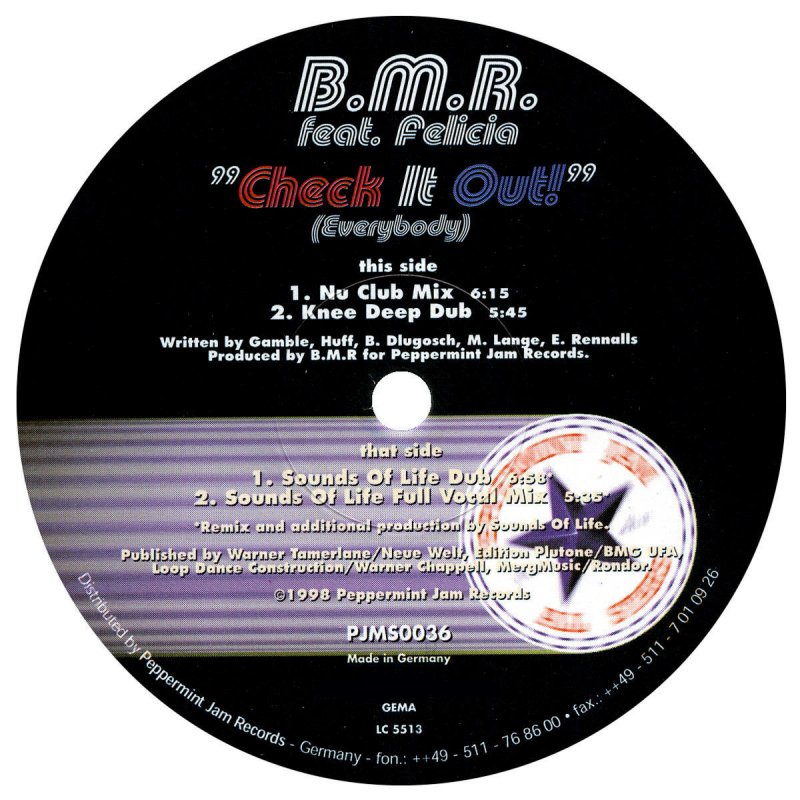 Often, when creating the sound sequence of a film, up to ten original recordings are used, which are mixed by the sound engineer into one whole with a mixing console. All phonograms are synchronized with the mounted positive, the nature and quality of the sound is checked, sound and musical accents are placed, after which the sound is recorded on tape. At the same time, the ratios of the volume of speech, music and noise are established, which correspond to the artistic design and ensure speech intelligibility and sound quality. Re-recording is especially difficult, as a result of which a stereophonic or multi-channel soundtrack should be obtained. Such rewriting is carried out by a large team of technical and creative specialists.
Often, when creating the sound sequence of a film, up to ten original recordings are used, which are mixed by the sound engineer into one whole with a mixing console. All phonograms are synchronized with the mounted positive, the nature and quality of the sound is checked, sound and musical accents are placed, after which the sound is recorded on tape. At the same time, the ratios of the volume of speech, music and noise are established, which correspond to the artistic design and ensure speech intelligibility and sound quality. Re-recording is especially difficult, as a result of which a stereophonic or multi-channel soundtrack should be obtained. Such rewriting is carried out by a large team of technical and creative specialists.
The magnetic phonogram obtained after re-recording is the main source material and is stored along with the negative of the image. When making a film with an optical soundtrack, a copy of the magnetic soundtrack obtained as a result of re-recording is converted into a negative of the film's optical soundtrack, which is necessary to obtain combined film copies.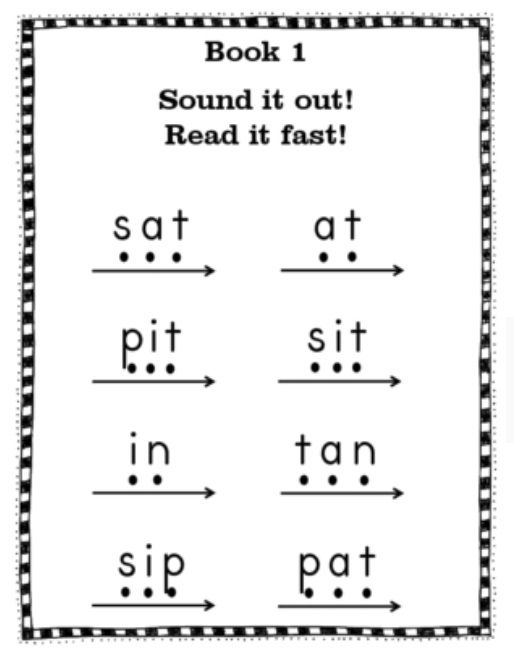 Currently, the optical soundtrack is not used in film production. When both films (the working copy of the image and the general soundtrack) are ready, the film is handed over on two films of the selection committee.
Currently, the optical soundtrack is not used in film production. When both films (the working copy of the image and the general soundtrack) are ready, the film is handed over on two films of the selection committee.
Modern technologies
In modern cinematography based on digital technologies, many of the described stages of phonogram production are absent, since editing and image processing are performed using a computer. However, the main principles of scoring remain the same as in classical film technology.
When dubbing television programs and TV films, dubbing technology has the same main stages as in cinematography, but, as a rule, it is technologically implemented by simpler means, since the production of a magnetic soundtrack is much simpler than an optical one.
Literature
Material used in the preparation of the article:
- Yu.
See also
- Sound effect
- Duplication
- Voiceover
Notes
- ↑ Spelling of the word "voicing"
- ↑ Spelling of the word "voicing"
- ↑ Permissibility of using the word "voicing"
- ↑ T.
 Yu. Rozinkina Recording to soundtrack // Photo-cinema technique: Encyclopedia / Editor-in-chief E. A. Iofis. - M .: Soviet Encyclopedia, 1981.
Yu. Rozinkina Recording to soundtrack // Photo-cinema technique: Encyclopedia / Editor-in-chief E. A. Iofis. - M .: Soviet Encyclopedia, 1981.
Links
- Film Industry dated 08/31/12. How are sound effects created in movies?
Video dubbing - Absolut Records recording studio
Video dubbing - Absolut Records recording studio - professional song recording, mixing. Gift certificates. Live piano, drums. Speakers. Video sounding. Music for rhythmic gymnastics and figure skating.Voice recording for video and theatrical audio performances occupies a special place in the studio's activities. The studio voices both short advertising audio and video clips, as well as full films and radio performances lasting several hours.
Each actor's voice is individual and has a special timbre and manner of pronouncing the text. This is a huge wealth that is stored in an audio recording, accumulating a maximum of positive emotions, experiences and feelings.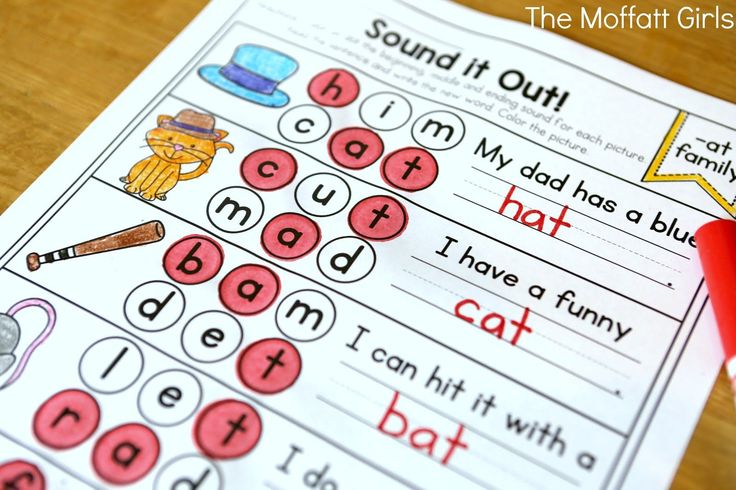 Preserving the uniqueness of each voice, emphasizing its unique features is the main task of the studio.
Preserving the uniqueness of each voice, emphasizing its unique features is the main task of the studio.
Voice recording room
A spacious recording room with a large screen and a pleasant studio atmosphere make the artist feel comfortable while recording.
Editing and speech processing
Professional studio sound engineers provide support for the artist, as well as contribute to a smooth and productive work on recording speech.
Recording Artists
Thanks to high recording standards and a professional team of sound engineers, the studio attracts artists and producers. For more than 10 years of existence of the studio, many bright personalities, theater and film actors have participated in the recordings.
Voice recording
A wonderful team of actors and directors creates an excellent sound product.
Voiceover
A spacious recording room with a large screen, a pleasant studio atmosphere, and, of course, professional sound engineers contribute to a smooth and productive work.
Soundtrack
- Recording of Russian and foreign speakers
- Cast recording
- Noise recording, processing and editing
- Creation of special effects
- Composing music tracks
- Music layout and editing
- Noise-music pads
Our studio offers all kinds of sound works for video dubbing:
- speech dubbing, lipsync
- duplication
- sound design
- special effects production
- composing and recording music
- audio editing and dubbing
Film dubbing
Our studio offers toning works for films of various genres - fiction, documentary, popular science, advertising, television series and so on.
Sound design
The studio produces sound design for video clips, computer games, comics, training courses. We can do everything from narration by actors and music composition to final editing and sound re-recording.
A bit about noise dubbing
During noise dubbing, we do not use the same type of sound libraries posted on the Internet, and we do not repeat the sounds of thousands of ready-made samples. We write and synthesize everything ourselves. Each noise sound for gaming applications is recorded by us either in the studio, or in the place where the sounds we need sound - on the street, in nature, in the city, and so on. Therefore, the sound design made by the team of our studio is individual and interesting. After all, sound recording is our favorite job.
Music for theaters
It's hard to imagine theater performances without music and sound effects. What if it's ballet? - Dance without music is impossible. Studio sound engineers have extensive experience in scoring performances, ballets, shows and demonstrate a professional approach to scoring each production.
Sound effects and music writing
- Music writing
- Compilation of works and their mastering
- Record required noises
- Special effects creation
- Arrangement of author's melodies
- Recording and mixing of original tracks
Our composers
We cooperate with game composers and sound designers.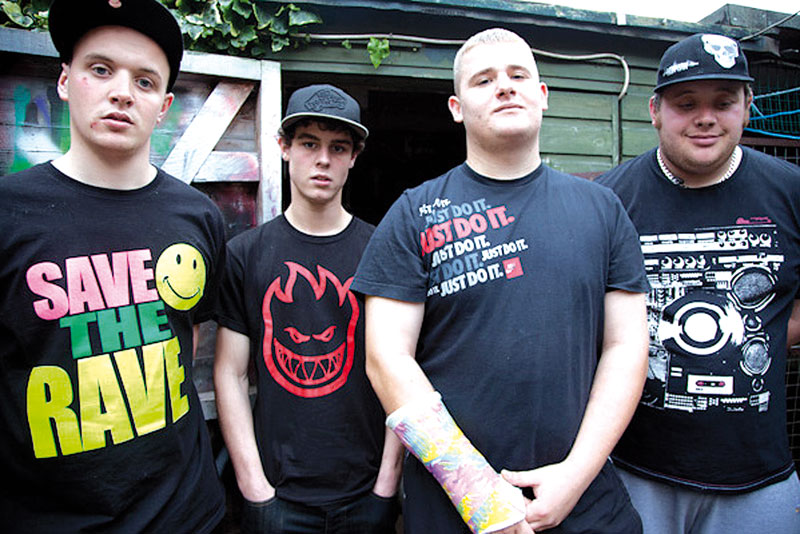

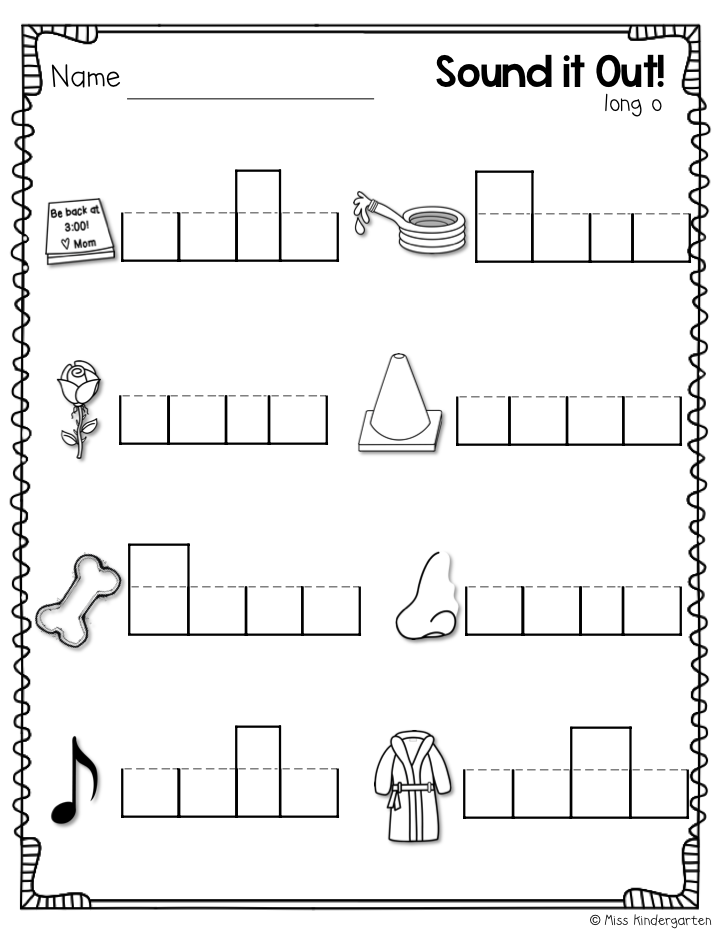 1 Features
1 Features 

